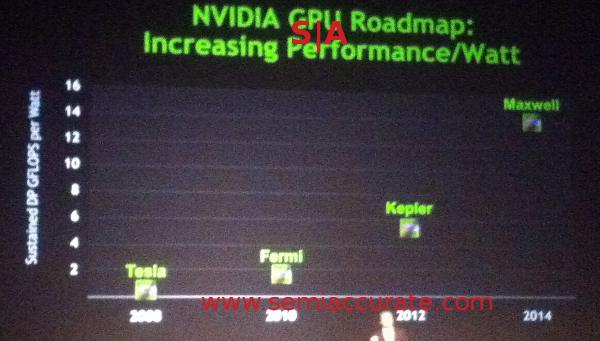Actually I was thinking just how feasible say, Tahiti, WOULD be in a console.
It's like 350 mm^2, similar to the ~340mm^2 Xenos+EDRAM budget.
250 watt TDP I believe (including RAM, cooling etc) just up your console budget to 300 watts (not unrealistic imo) and you're practically there. Downclock it to 800 or something to save some more.
All that's fine but the stickler is still the 384 bit memory bus there.
I'd put in a 192 bit bus, the fastest GDDR5 I could get, and call it a day and a console

Being limited to 1080P might help the bandwidth constraints. Not sure if it's feasible but, a decent HD7970 GDDR5 overclock (not a bleeding edge one) gets you about 290 GB/s, so halve that, you'd have ~145 GB/s.


